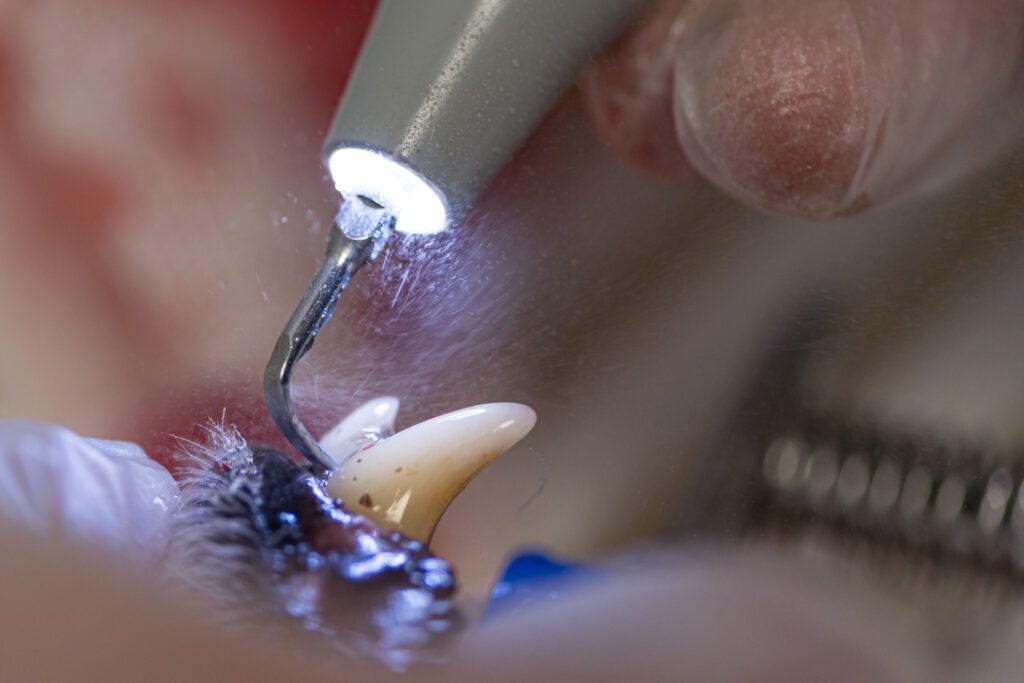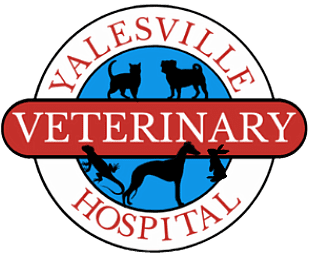Treatment for Periodontal Disease in Dogs

Periodontal disease is a common yet often overlooked condition in dogs, affecting more than just their oral health. At Yalesville Veterinary Hospital in Yalesville, CT, we’re committed to helping pet owners understand this condition and provide tailored treatment effectively. If you’re concerned about your dog’s dental health or have questions, don’t hesitate to call us at (203) 265-1646.
What is Periodontal Disease in Dogs?
Periodontal disease in dogs, much like in humans, is a dental condition that affects the gums and structures supporting the teeth. It starts with plaque buildup, which can harden into tartar, leading to inflammation known as gingivitis. If left untreated, this progresses into periodontal disease, potentially causing tooth loss and impacting overall health.
The Stages of Periodontal Disease
Periodontal disease in dogs progresses through several stages, each with distinct signs and implications for your pet’s health:
Stage 1: Gingivitis
The earliest stage is characterized by gingivitis, where the gums become red, swollen, and may bleed easily. This stage is primarily caused by plaque buildup and is reversible with proper dental care. Signs to watch for include noticeably redder gum lines and bad breath.
Stage 2: Early Periodontitis
If gingivitis is not addressed, it progresses to early periodontitis. In this stage, there is a slight loss of bone and attachment around the teeth. Symptoms include increased inflammation of the gums, bad breath, and minor bleeding during brushing or chewing.
Stage 3: Moderate Periodontitis
This more advanced stage involves noticeable loss of bone and attachment around the teeth. The gums may start to recede, and roots might become exposed. Dogs may show signs of pain or discomfort, such as reluctance to eat hard food, pawing at the mouth, or decreased playfulness with chew toys.
Stage 4: Advanced Periodontitis
In the most severe stage of periodontal disease, there is significant bone loss, and teeth may become loose or fall out. This stage poses a serious risk to the dog’s overall health, as bacteria from the mouth can enter the bloodstream, potentially affecting other organs. Symptoms include severe bad breath, significant gum recession, loose teeth, noticeable pain, and possible changes in behavior due to discomfort.
Identifying Periodontal Disease in Dogs
Spotting the signs of periodontal disease early is crucial. Look for symptoms such as:
- Bad breath
- Red or bleeding gums
- Difficulty eating
- Loose teeth
- Irritability
Regular dental check-ups are essential in catching these signs early.
The Impact of Periodontal Disease on Overall Health
Periodontal disease isn’t just a dental issue; it can have systemic effects on your dog’s health. Bacteria from the mouth can enter the bloodstream, potentially affecting vital organs and leading to serious health complications. Recent studies have shown a link between periodontal disease and other systemic conditions such as heart and kidney diseases. This connection highlights the importance of maintaining good oral health in dogs.
Seeking Veterinary Care for Periodontal Disease
When symptoms are noticeable, it’s time to seek professional care. Yalesville Veterinary Hospital offers a range of treatments for periodontal disease in dogs, from pet dental cleanings to more advanced procedures. Early intervention is key to preventing more serious complications.
Treatment Options at Yalesville Veterinary Hospital
When it comes to treating periodontal disease in dogs, the approach depends on the severity of the condition. At Yalesville Veterinary Hospital, we offer a range of treatment options tailored to meet the specific needs of each dog:
- Professional Dental Cleaning: This is often the first step in treating periodontal disease. Performed under anesthesia, it involves removing plaque and tartar from above and below the gum line. This cleaning can halt the progression of periodontal disease if done in the early stages. Dental X-rays might also be taken to assess the health of the jaw and tooth roots below the gum line.
- Periodontal Therapy: For more advanced cases, periodontal therapy may be necessary. This can include deep cleaning of the root surfaces and pockets in the gums, and in some cases, antibiotic treatment to control infection and inflammation. In severe cases, surgery may be required to reshape the gums, remove diseased tissue, or even extract teeth that are severely affected.
- Pain Management and Antibiotics: Pain relief is a crucial aspect of treatment for periodontal disease. Your veterinarian may prescribe pain medications to manage discomfort. Antibiotics may also be prescribed to address any underlying infection, especially in cases where the disease has caused significant gum infection or if there’s a risk of bacteria spreading to other parts of the body.
- Home Care Regimen: Post-treatment, a home care regimen is vital for maintaining oral health and preventing the recurrence of periodontal disease. This includes regular tooth brushing, dental diets, and possibly the use of dental rinses or water additives recommended by your veterinarian.
- Regular Follow-Up and Dental Check-Ups: Ongoing veterinary care is essential in managing periodontal disease. Regular check-ups allow for monitoring of the condition and early intervention if the disease begins to progress again.
Each dog’s treatment plan is unique, based on the severity of their periodontal disease and their overall health. At Yalesville Veterinary Hospital, our team is committed to providing comprehensive care to ensure the best possible outcomes for your pet. If you suspect your dog might have periodontal disease or if it’s time for their dental check-up, please give us a call at (203) 265-1646.
Step-by-Step Guide to At-Home Dental Care
Prevention is always better than cure. Here are some ways to help keep your pet’s teeth clean and healthy, and prevent periodontal disease from affecting your dog:
- Regular Brushing: Brush your dog’s teeth daily using a canine toothbrush and toothpaste.
- Diet and Chew Toys: Opt for dental diets and safe chew toys that help reduce plaque buildup.
- Routine Check-Ups: Regular veterinary visits for dental check-ups and cleanings are essential.
- Dental Treats: Use vet-approved dental treats to help maintain oral hygiene.
- Monitoring: Keep an eye on your dog’s dental health and watch for any signs of periodontal disease.
- Professional Cleanings: Schedule professional cleanings as recommended by your veterinarian.
By following these steps, you can play a significant role in preventing periodontal disease and ensuring your dog maintains a healthy and happy life.
When to Contact Yalesville Veterinary Hospital
As we’ve explored the various aspects of periodontal disease in dogs, from its early signs to the potential systemic health impacts, it’s clear that maintaining good oral health is an integral part of your dog’s overall well-being. Regular dental care, both at home and through professional check-ups at Yalesville Veterinary Hospital, can greatly reduce the risk of periodontal disease and its associated complications. Remember, our team is here to support you and your pet with expert advice and compassionate care. If you have any concerns or need to schedule a dental check-up for your dog, please don’t hesitate to reach out to us at (203) 265-1646. Let’s work together to keep your canine companion healthy and happy!
